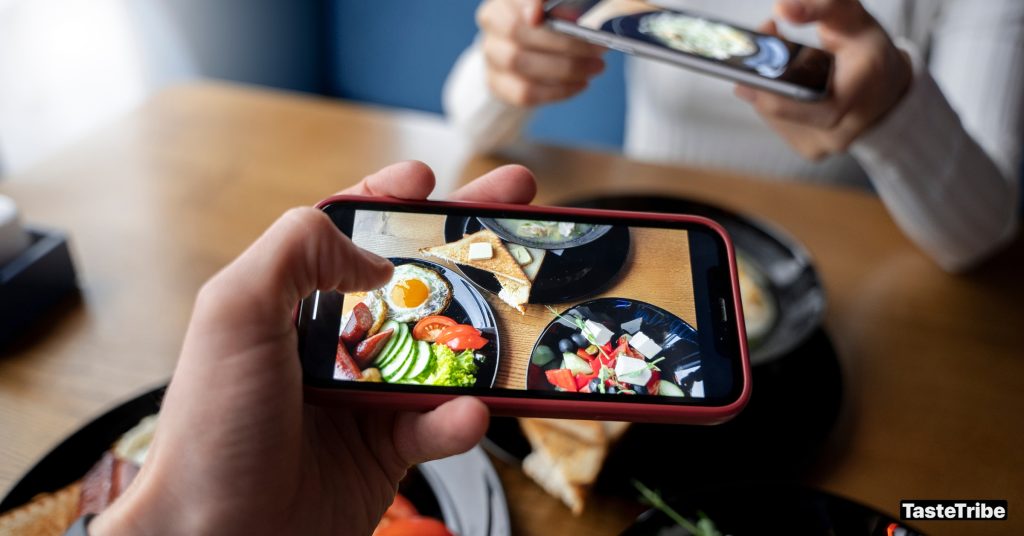
The world of food blogging has evolved dramatically over the years, transitioning from simple personal diaries to influential platforms that shape dining trends and restaurant success. As this digital landscape continues to change, restaurants must adapt to stay relevant and harness the power of food bloggers. Let’s dive into how food blogging has evolved and what it means for restaurants today.
1. The Early Days of Food Blogging
Food blogging started as an outlet for passionate home cooks and food lovers who wanted to share recipes and dining experiences. In the early 2000s, bloggers like Julie Powell (famous for Julie & Julia) used simple blogs to document their culinary adventures, primarily targeting small, niche audiences.
Back then, food bloggers were hobbyists, documenting recipes, reviewing restaurants, and creating content that felt personal and authentic. These blogs provided inspiration and a sense of community, but their influence on restaurants was limited to a smaller circle of readers.
2. The Rise of Social Media and Visual Platforms
As social media platforms like Instagram, Pinterest, and YouTube gained popularity, the focus of food blogging began to shift. The rise of visually-driven content transformed how food was presented online. With Instagram becoming a hub for food photography, food bloggers began using stunning images and videos to engage with a wider audience. The phrase “Instagram-worthy” became a significant driver of dining decisions, with presentation becoming just as important as taste.
For restaurants, this meant that food bloggers no longer just reviewed dishes—they showcased the entire dining experience. Bloggers turned influencers were creating visually captivating content that could significantly influence a restaurant’s popularity.
What It Means for Restaurants:
Restaurants need to invest in the presentation of their dishes and the ambiance of their space. A visually appealing dish is more likely to be shared, increasing its chances of going viral and attracting new customers. Collaborating with bloggers who have strong followings on Instagram and YouTube can amplify a restaurant’s reach in ways that traditional advertising cannot.
3. The Emergence of Professional Food Bloggers
Food blogging is no longer just a hobby—it has become a full-time profession for many. Professional food bloggers and influencers now leverage partnerships, brand collaborations, and sponsored content to monetize their platforms. They offer restaurant reviews, recipe development, and even food styling services in exchange for compensation.
For restaurants, this means that partnering with food bloggers is now a formal business relationship. Bloggers and influencers can create dedicated marketing campaigns around your restaurant, helping you to engage with your target audience and generate excitement around new menu items or events.
What It Means for Restaurants:
Restaurants can benefit from paid partnerships with food bloggers, using their influence to launch new dishes or events. By developing long-term collaborations, restaurants can turn bloggers into brand ambassadors who regularly promote their business.
4. The Shift Towards Authenticity and Transparency
While influencer marketing has grown, there has also been a shift toward greater transparency and authenticity in food blogging. Audiences are becoming savvier and can tell when content feels overly promotional or staged. As a result, food bloggers are now more focused on authenticity—providing honest reviews and sharing their personal connections with food.
This evolution has changed how bloggers interact with restaurants. Instead of simply promoting for money, many food bloggers now seek genuine experiences that they can authentically share with their followers. Reviews are more nuanced, and the focus is on storytelling and building trust with their audience.
What It Means for Restaurants:
Restaurants must prioritize authenticity when working with food bloggers. Rather than focusing solely on paid promotions, they should create memorable experiences that resonate with the blogger. This leads to more genuine content that will be more trusted and valued by the blogger’s audience.
5. The Influence of Short-Form Video and Reels

The latest trend in food blogging is the rise of short-form video content, with Instagram Reels and TikTok leading the charge. These platforms allow bloggers and influencers to share bite-sized, highly engaging content that can reach millions of viewers in a matter of hours. Quick, visually appealing videos showcasing dishes, cooking processes, and restaurant tours have become a powerful tool in food blogging.
Restaurants that embrace video content have the opportunity to reach a broader audience through platforms that reward creativity and engagement. Whether it’s a recipe demonstration or a quick behind-the-scenes look, short-form videos offer restaurants a chance to tell their story in dynamic ways.
What It Means for Restaurants:
Restaurants should embrace video content by creating short, engaging clips that highlight their food, culture, and unique dining experience. Partnering with food bloggers who are active on TikTok and Instagram Reels can help boost your restaurant’s visibility to a younger, more video-oriented audience.
Read More: 9 Tips for Harnessing Instagram Reels for Restaurant Marketing
Conclusion
The evolution of food blogging has transformed how restaurants market themselves. What began as niche online diaries has grown into a powerful marketing tool that can make or break a restaurant’s reputation. By partnering with influencers, prioritizing authenticity, and leveraging the latest social media trends like short-form video, restaurants can harness the power of modern food blogging to engage their audience and grow their brand.
Restaurants that embrace this shift in the food blogging landscape will be well-positioned to thrive in the digital age. Ready to get started? Explore how TasteTribe can help your restaurant connect with the right food bloggers and influencers to elevate your marketing efforts!
Ready To Get More Diners?